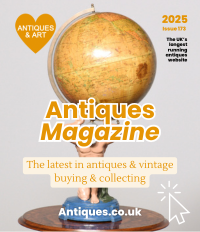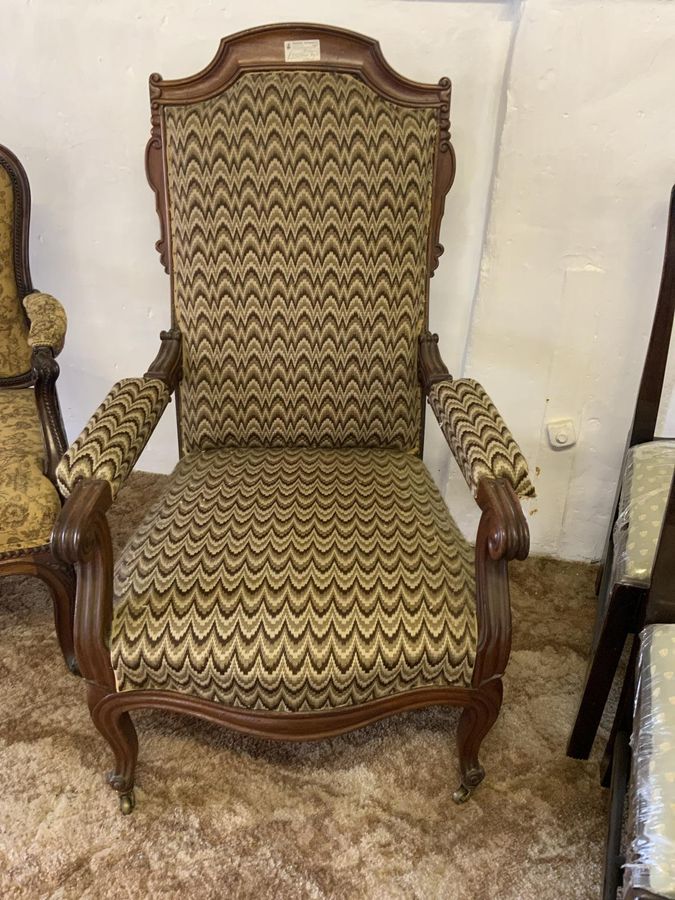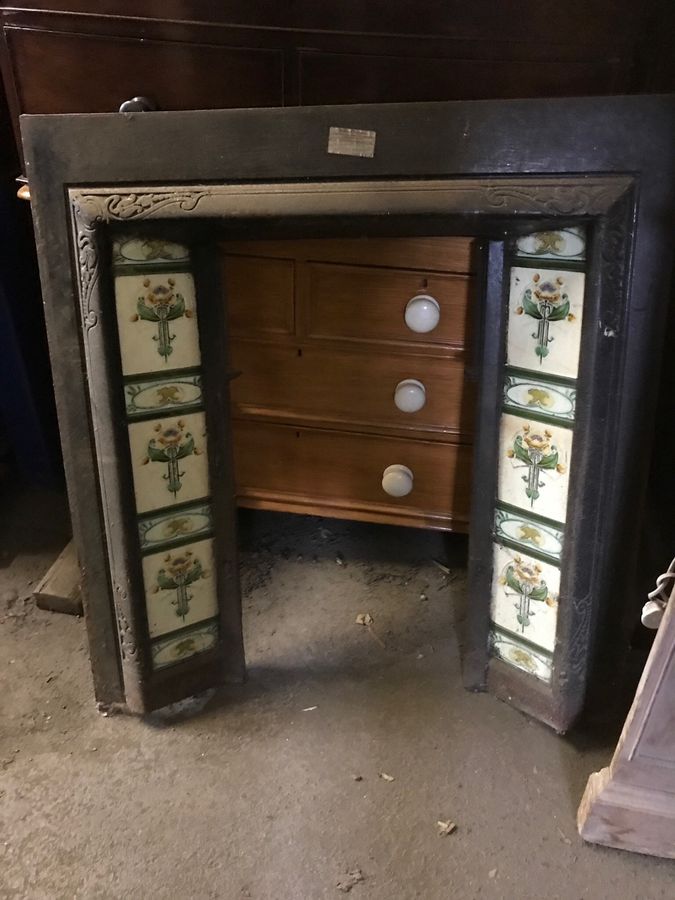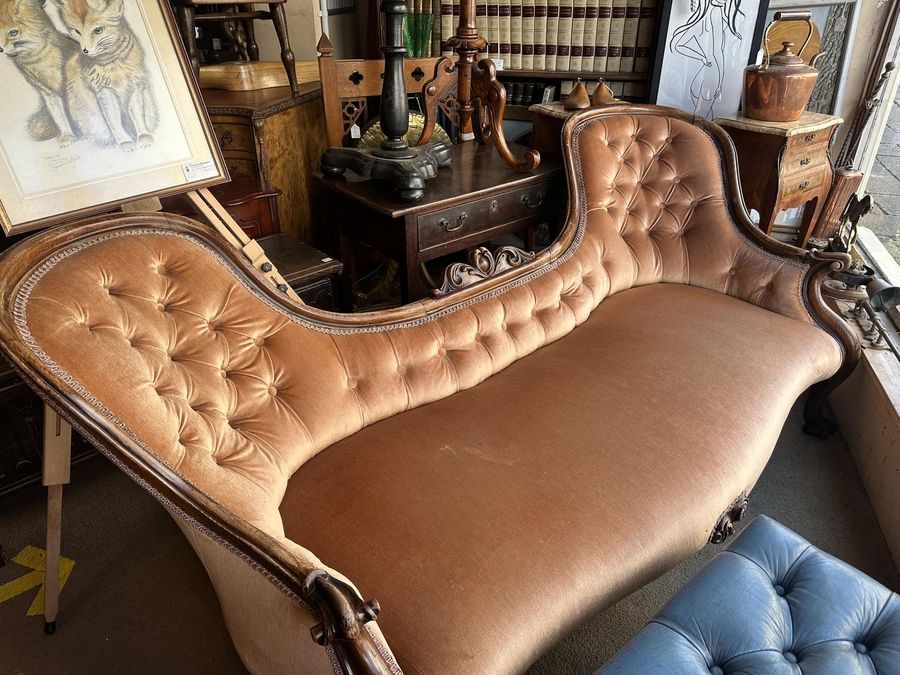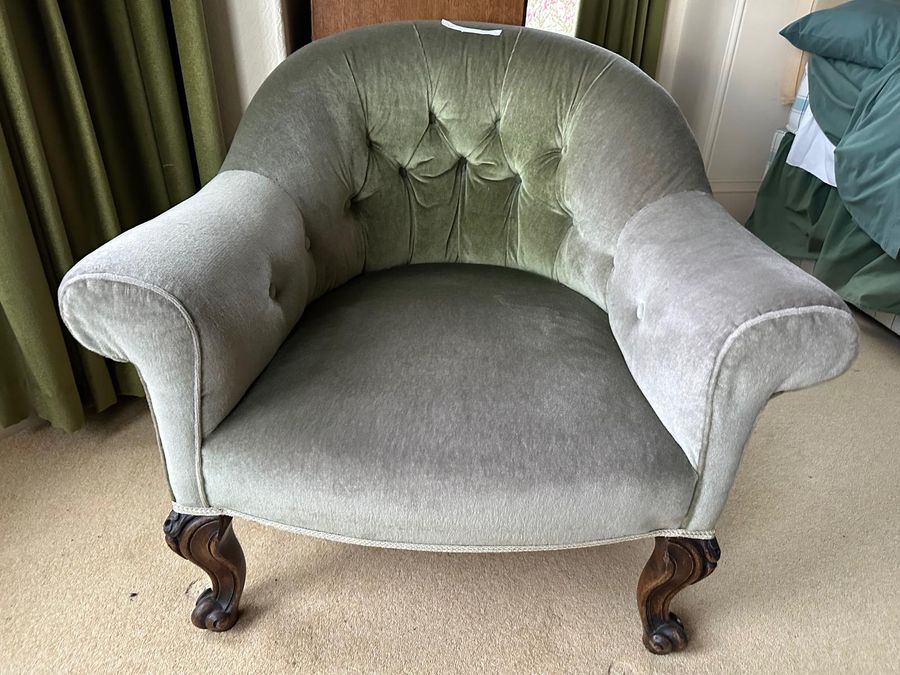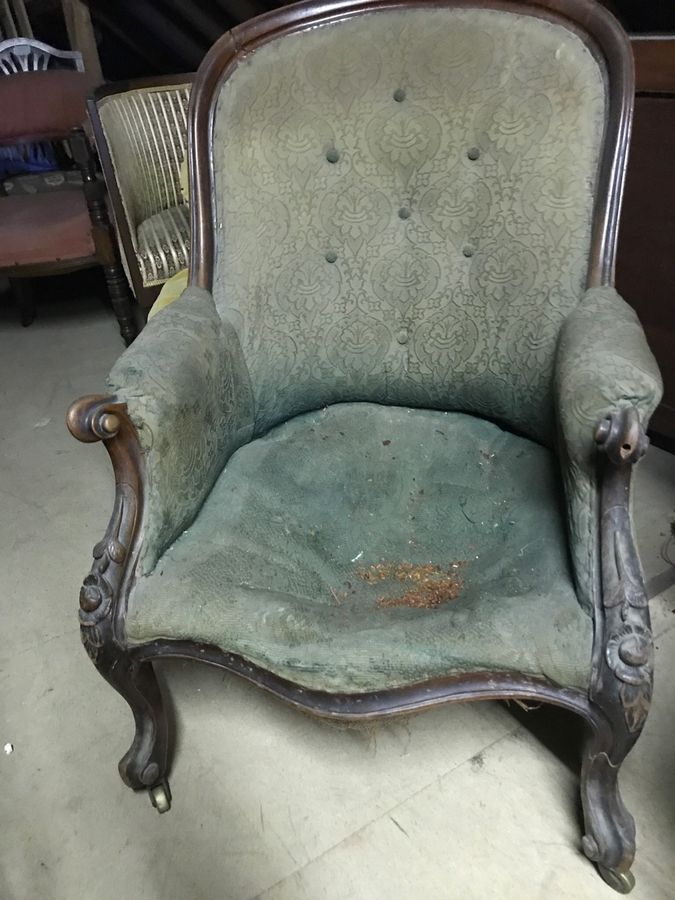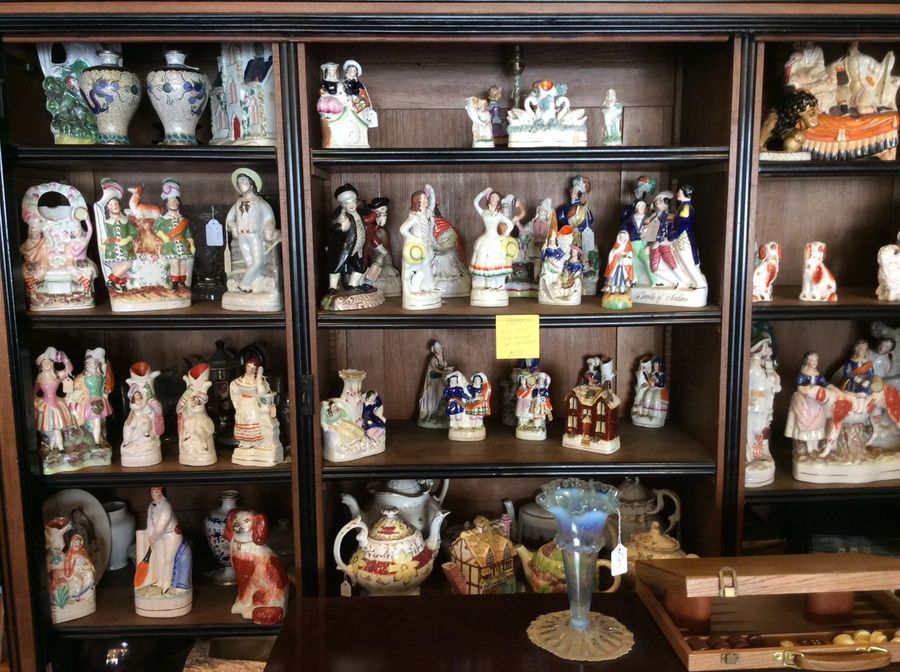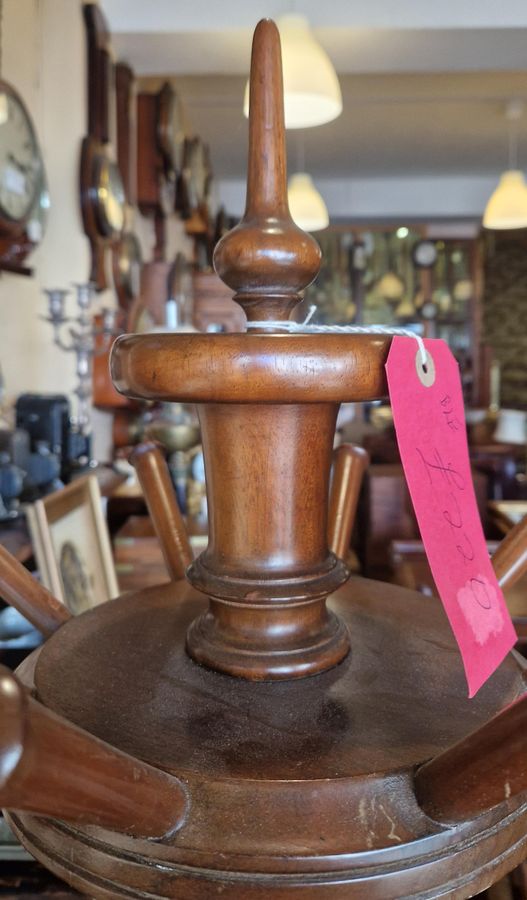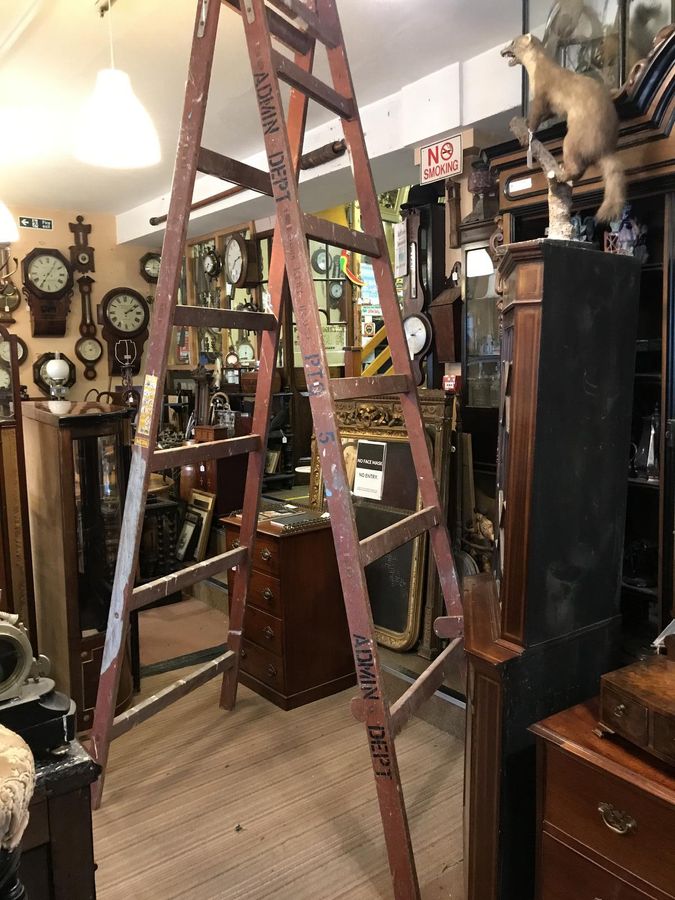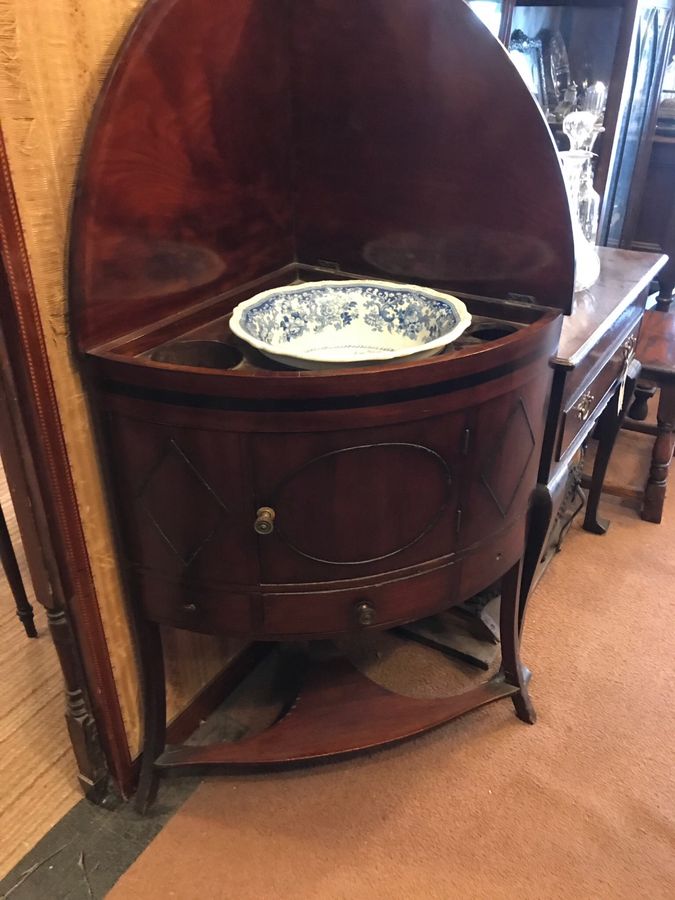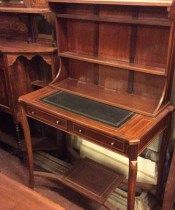antiques miscellaneous
Their are so many antiques to choose from it is better to use our search facilty to search for the items you are looking for.
-
Vintage T. Gerrard & Co Ltd Anatomical Model Ear
victoria antiques cornwall, wadebridge, united kingdom
Here is a great vintage T. Gerrard & Co Ltd anatomical model ear with a removable cochlea and labyrinth. The model is set on a silver painted plinth.
£180.00
view details -
Victorian Mahogany Bedside Cupboard / Cabinet
victoria antiques cornwall, wadebridge, united kingdom
Offered for sale is this mid 19th Century Victorian antique mahogany bedside cupboard or cabinet with arched panelled door and carved up-stand with original cut glass handle.
£180.00
view details -
Victorian Mahogany Armchair
victoria antiques cornwall, wadebridge, united kingdom
This is a good quality 19th Century Victorian antique mahogany cabriole leg armchair in unrestored and original condition.very comfortable and in overall good order
£350.00
view details -
Victorian Fireplace & Surround
victoria antiques cornwall, wadebridge, united kingdom
This is a good quality Art Nouveau tiled cast insert with matching slate and marble surround. Sold unrestored but just in need of a good paint and clean.
£250.00
view details -
Victorian Dual Spoon Back Sofa
victoria antiques cornwall, wadebridge, united kingdom
Quality 19th century Victorian dual spoon back sofa upholstered in a lovely salmon pink colour with a fully buttoned back. It has a full wooden mahogany show wood carved frame all carved and standing on...
£650.00
view details -
Victorian Armchair Button Back
victoria antiques cornwall, wadebridge, united kingdom
Mid 19th Century Victorian antique upholstered armchair with button back and cabriole shaped legs. Nice and very comfortable with pale green upholstery all in good condition.
£250.00
view details -
Victorian Armchair
victoria antiques cornwall, wadebridge, united kingdom
This is a good quality mid 19th Century Victorian antique armchair unrestored and ready for restoration.
£195.00
view details -
Victorian Armchair
victoria antiques cornwall, wadebridge, united kingdom
Offered for sale is this 19th Century Victorian antique button back open armchair in good order
£350.00
view details -
Victorian 4 Door Bookcase
victoria antiques cornwall, wadebridge, united kingdom
19th century Victorian 4 door break front bookcase with shaped cornice and standing on a raised plinth. Inside are fully adjustable shelves and the whole piece comes into 5 sections for easy transportation and installation.
£650.00
view details -
Very Original Georgian Oak Open Rack Dresser.
victoria antiques cornwall, wadebridge, united kingdom
Very original Georgian oak open rack dresser. Oak base with three draws over two cupboard doors and three dummy draws having original handles, escutcheons and feet. The open rack top also original with nice wide...
£1,250.00
view details -
Various China Pottery
victoria antiques cornwall, wadebridge, united kingdom
These are various Staffordshire figures and china - please contact us for more details.
£45.00
view details -
Unusual Vintage Oak Smokers Cabinet c.1930
victoria antiques cornwall, wadebridge, united kingdom
This is an unusal freestanding smokers cabinet constructed in oak with the stylish lines that define the era. The cupboard has pipe racks to each side, allowing the user to accommodate six tobacco pipes. The...
£120.00
view details -
Unusual & Stylish Antique Victorian Oak Hat & Coat Stand c.1890
victoria antiques cornwall, wadebridge, united kingdom
This is a really unusual hat and coat stand with some wonderful detailing. It has been crafted in oak during the late Victorian period. The stand has a sturdy base with stylised paw shaped feet....
£220.00
view details -
Unusual Shaped Mirror Gilt with Oval Margin
victoria antiques cornwall, wadebridge, united kingdom
Unusual shaped margin mirror gilt with oval internal margin boarder. Nice stylish shaped mirror and of a good size to grace any home.
£350.00
view details -
Unusual Pair of Very Large Decorators Ladders
victoria antiques cornwall, wadebridge, united kingdom
This 20 century Unusual pair of very large decorators ladders are a rare find a good for shop display or as they were originally made for decorating high areas they are made of wood with...
£220.00
view details -
Unusual Pair of Limed Oak Arts & Crafts Armchairs.
victoria antiques cornwall, wadebridge, united kingdom
Excellent and Unusual pair of limed oak arts & crafts armchairs. Very stylish and comfortable with leather faux cover limed open frames and painted blue/green finials.
£650.00
view details -
Unusual Mahogany Washstand c.1790
victoria antiques cornwall, wadebridge, united kingdom
This is a good quality and unusual corner mahogany Georgian washstand with original retractable upstand turning the washstand into a corner occasional table with drawer and shaped shelf to the base.
£350.00
view details -
Unusual Light Oak Country Style Cupboard - Mid Century
victoria antiques cornwall, wadebridge, united kingdom
This is an unusual cupboard crafted in light oak. It has a design that is quite restrained almost Quaker style. The drawers have a decorative scrolling design in relief. The top supports a low shelf...
£150.00
view details -
Unusual Large Plastic Ear for Teaching Aid
victoria antiques cornwall, wadebridge, united kingdom
For sale is this large plastic ear for teaching aid. Unusual item with detachable components to show and explain to medical students. An interesting talking item and very unusual.
£220.00
view details -
Unusual Inlaid Edwardian Mahogany Desk
victoria antiques cornwall, wadebridge, united kingdom
This is a very unusual inlaid Edwardian antique inlaid desk in mahogany, with writing leather that slides for greater writing area and open bookcase above, standing on slender inlaid legs with drawer above.
£550.00
view details -
Unusual Edwardian Inlaid 3 Drawer Chest with Cupboard
victoria antiques cornwall, wadebridge, united kingdom
Unusual Edwardian inlaid 3 drawer chest with cupboard to the side and ideal storage unit for little money. It has inlay all over inc around the drawers, legs and top with small upstand to the...
£150.00
view details -
Unusual Coat and Stick Stand
victoria antiques cornwall, wadebridge, united kingdom
Unusual coat and stick stand. Good quality, made from solid oak and complete with stick stand tray and hooks. Very good unusual item.
£360.00
view details -
Unusual Art Deco Table / Fire Screen
victoria antiques cornwall, wadebridge, united kingdom
A ver close pair (one slightly larger than the other) of fire scenes that convert into occasional tables with glass tops all in the classic stepped original Art Deco design. Also with original hand stitched...
£48.00
view details -
Unusual Art Deco Oak Barometer & Thermometer
victoria antiques cornwall, wadebridge, united kingdom
This is an unusual Art Deco barometer / thermometer with typical staggered design to the sides in solid oak tapered having a chrome square bezel and a silvered dial showing the working movement.
£150.00
view details -
Unusual 19th Century Wheel Chair
victoria antiques cornwall, wadebridge, united kingdom
Unusual painted Victorian invalid armchair with large rear spoked wheels and brass casters to the front. In good working condition. Wheelchair
£180.00
view details

